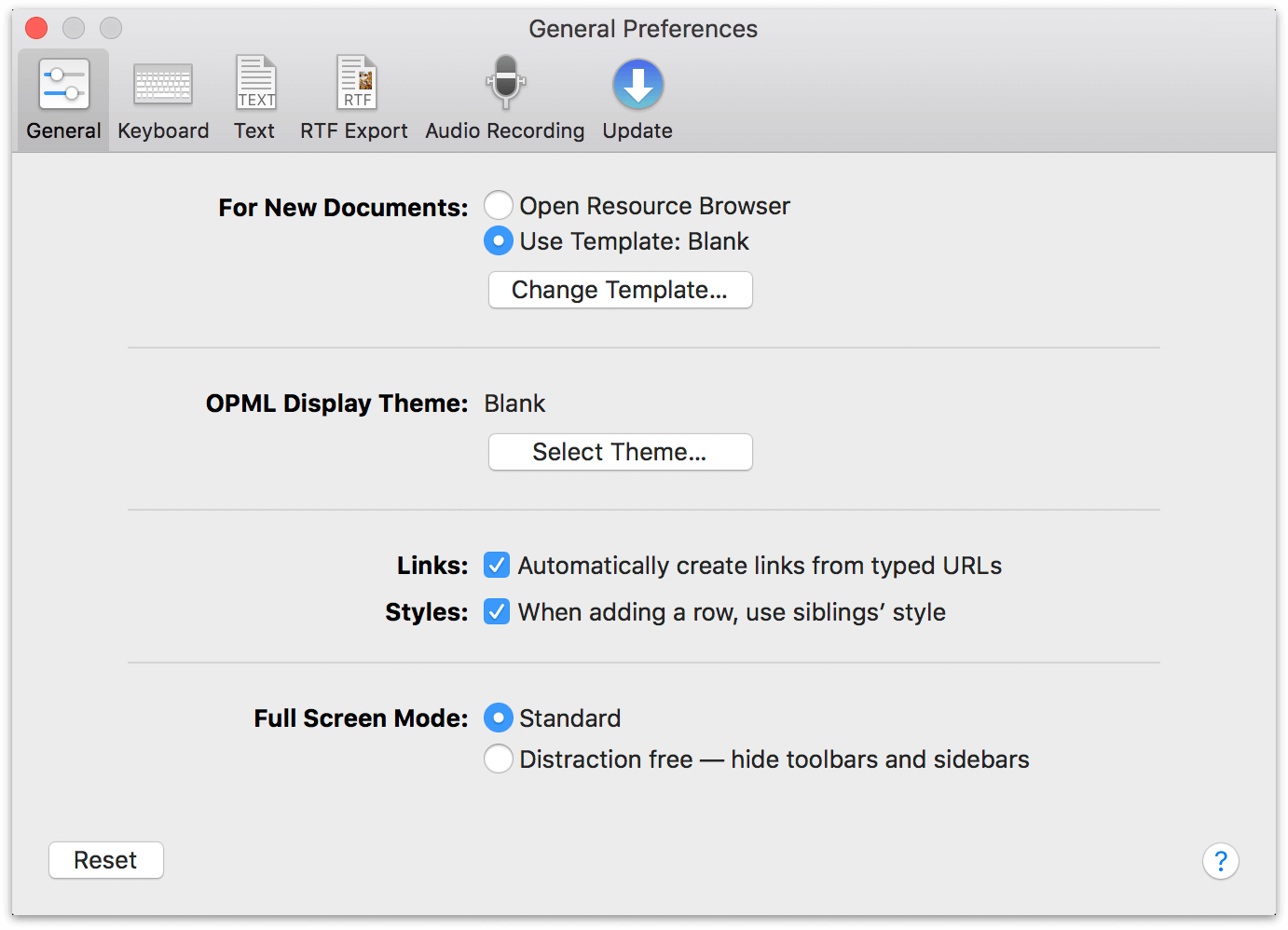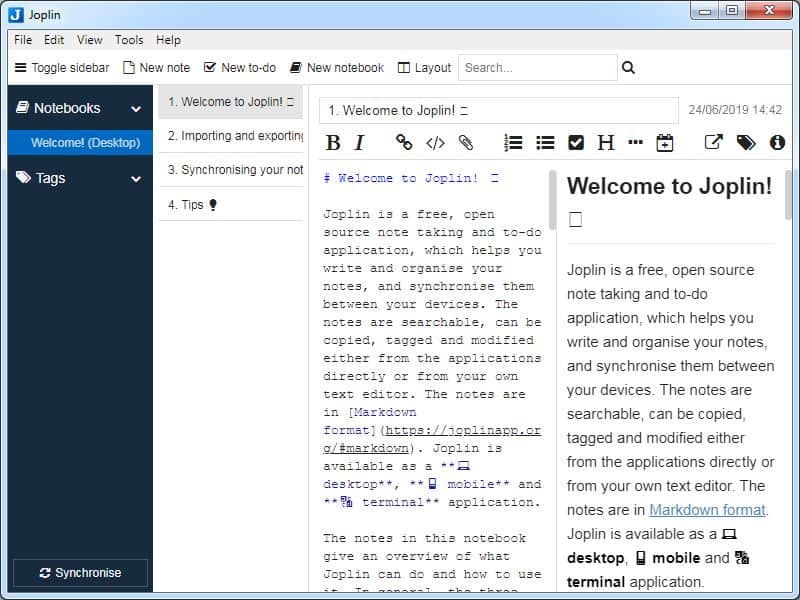So in summary, to remove hyperlink in word mac, it is simply Insert Links Link Remove Link. However, if you have a word document that is riddled with hyperlinks, highlighting and removing every single hyperlink on the page may be stressful especially if you are in a hurry to finish up as it takes time. Sep 30, 2019 How to Save Excel to PDF on Mac There can be a myriad of online tools which also claim to provide you the similar facility. However, when you are dealing with complex business data, you need to use only a reliable application.
| Click here to return to the 'One way to share links to networked files' hint |
I can not check it right away, but what about
- mailing an alias to that file?
- attaching a unique spotlight comment, so that you can search for it on your servers?
http://www.hsoi.com/hsoishop/software/
PathFinder is inexpensive (but not free), and offers a lot of power to Mac users with advanced needs. I have no personal connection except as a satisfied user.
www.cocoatech.com
I use Quicksilver, so all I would need to do is select the file in Quicksilver, run the Get File URL action, and then run the Paste action. Voilà , a proper link is pasted.
Also, getting the file path is not sufficient for the original poster's purposes. He wants a clickable link, so he need the file URL. A file path looks like /Volumes/server1/path/to/file. A file URL (for a file on a mounted network volume) looks like file://localhost/Volumes/server1/path/to/file
Not really easier, but Mail does seem to provide some support:
In Mail, while composing a message, choose Edit, Link, Add. Next, drag any file into the popup (you can also drag a proxy-icon from a window's title bar into that box). Finally, manually type 'file://' in front of the URL (commonly yielding a total of 3 slashes, including the first slash of the path you've dragged into the popup).
Can you create an alias to your desktop, then send that alias?
---
Freelance web development
WebVeteran.com
Yes, you can. At least, this has worked in all the network environments I've worked in, but those have always been 100% Mac networks. I expect things will get complicated quickly if this isn't the case. I also run static IP addresses on all my servers, further simplifying things. So while this has always worked properly for me, it probably doesn't work in many situations (I expect we wouldn't see this hint here if the 'just make an alias' method worked for everyone).
But for those looking for a simple solution, you can certainly try this method. Simply make an alias to the folder or file you wish. Then distribute that alias. Some software won't directly distribute an alias (following the alias instead). In such cases simply zip up the alias and send the zipped copy.
Unlike the web, OS X provides no way to 'bookmark' a file.Ever heard about .fileloc files?

Your post must be mistakenly placed as an answer to my applescript. Reading the description of this software, I can't see anthing related to what the script does: create a .fileloc file for every selected file or folder in the Finder (... with a bug for files contained in a folder whose name includes the char '/').
If it can helps, I then give the new version of the two scripts
- create .fileloc file for the selected items of the Finder:
- create .afploc file for the selected items of the Finder:
I've gotten the path before by dragging the file or folder onto Terminal, and then copying and pasting it. Not sure if I was able to drag directly onto TextMate. TextEdit just embeds the file.
I usually use SuperGetInfo to copy a file's full path.
You can also drag a file onto the spotlight window in the finder. That will enter the file path, that you can copy to your clipboard. It's super quick when you just drag a file, hit command + <spacebar> and drop the file here, then copy path to clipboard.
http://putnamhill.net/applescript/copy-unix-paths
I tried many of these suggestions, and while it give a url, what it gave me was one based on a local file system, e.g. file://localhost/Volumes/SharedDocs/DaveSD.JPG
this only works if the shared volume is already mounted. I would like a way to do it like 'the other guys' where it actually tries to mount the volume if necessary.
something like afp://192.168.5.8/Shared/goodstuff/file.jpg
this should then work for anyone in the organization.
http://putnamhill.net/applescript/copy-afp-paths
Or this for a windows share:
http://putnamhill.net/applescript/copy-unc-paths
Looks like you could extract the protocol from the mount command if you want to get fancy.
Mmh, mixed results -- I did the following things:
A) to get the filepath like:'/Volumes/VOLUMENAME/FOLDERNAME/FILENAME'
- AppleScript from 'ctierney': works besides 'Umlaute' are garbled
- AppleScript from 'Spartacus': no need for a list of files
- drag'n'drop file to a TextMate document: works besides 'Umlaute' are garbled
- drag'n'drop file to a Terminal window: works besides spaces get escaped
- Contextual Menu like 'haralds' (FilePathToClipCMPlugin.plugin) or FileUtilsCM.plugin w/ 'copy file path': works perfect
- drag'n'drop file to Spotlight window ('thegooch49' tip): works perfect
copy the previous copied filepath to a highlighted word via 'Menu > Format > Link…' in TextEdit or Mail and add in front of the filepath 'file://' -- this 'linked' text is draggable to the finder and becomes a '.fileloc' file
B) or better:'file:///Volumes/VOLUMENAME/FOLDERNAME/FILENAME'
- drag'n'drop file (rtf) to Firefox window : Firefox ask for download
- drag'n'drop folder to Firefox window : Firefox shows list/index of folder -- files and folders are links
C) or best:'afp://BONJOURSERVERNAME.local/Volumes/VOLUMENAME/FOLDERNAME/FILENAME'
- no readymade solution - besides:
D) combine the spotlight or the Contextual Menu tip w/ TextExpander like: prepare a snippet like 'file://' (I used 'flx') -- or for the additional function to mount an unmounted volume: 'afp://BONJOURSERVERNAME.local' -- and put it together in Mail ('Add Link…') or TextEdit (see A))
Thinking: I'm sure there is someone who can build an AppleScript -- maybe with a dialogue -- to make this even easier
For the manual creation of .fileloc file you described in A, you can simply drag the file or folder to the text box of the dialog for link creation (in TextEdit, Mail, ...) and add the prefix 'file://'. Another solution is to drag to a Finder window the content of the Firefox's adress bar after the drag of a file or folder. The Applescript I wrote above may be an easier solution, though ;-)
To create .afploc files, i propose this Applescript : (again, use at your own risk, with same problems on files or folder with a name containing the character '/')I don't know a way to obtain the afp server given a mount point, to avoid the dialog.
http://putnamhill.net/applescript/copy-unix-paths
yes, it's working. thanks for the 'umlaut' modification.
Drag a file onto the toolbar of your Finder window. The cursor will show a green plus icon. Then release your mouse. The icon will now be a clickable button on the Finder window. And you can drop anything you like, even a link to a folder.
the image example i linked to below, take a look at the icons left of the spotlight fields.
http://img113.imageshack.us/img113/9522/finderbookmark.jpg
This looks like the winner
Just had to replace //G: with G:, don't we all love these little differences (well, that phrase makes more sense in German).
I liked the idea to use Spotlight. Nice - but doesn't work for me. Not to sure about the original tip either - I tried it and Firefox passed the files straight onto whatever normal app would open them (ie Word Doc -> Word). I'm not a big fan of Firefox anymore anyway - and will stick with the easiest way I know of doing this:
Create a new TextEdit set it to plain text mode (hit [Apple]+[Shift]+'T') then drag the file into that window.
Bingo - very little overhead.
AFAIK this works with any text editor (TextWranger, CODA, etc) as well as Terminal. But Terminal will escape spaces)...
I've been looking for this for so long, being on a network of 80 Windows machines and 20 Macs, with a Linux/Samba fileserver.
I'd tried CopyPath plugin, with a service created by a friend to open UNC paths, but neither of them worked as i wanted -- the serivce opened UNC paths sporadically, and CopyPath only gave the path as mounted on my machine (instead of the full UNC path).
I installed Winshortcutter, changed the prefs to use backslashes, and this works perfectly for me on 10.5.6.
hamarkus, thanks for the tip!
Here is a script I created for a client. It gets the file/directory location of a dropped on item and copy's the location to your clipboard/pasteboard.
If you'd rather download a precompiled script you can get it on my website (the cobbler has no shoes)
[link:]http://www.solutionarts.net/freebies/loco.zipMake yer own(please give credit to code used to SolutionArts)-->
Make a droplet (AppleScript Application)
open Script Editor and paste in this -->
on open theItem
set fileName to POSIX path of theItem
set the clipboard to fileName
end open
on run
display dialog 'Drop files and folders on this icon to get the location of the file.'
end run

--> Save the file as an application
You can alternatively display the location by calling
display dialog 'Copy the field text, then paste:' & return & 'The file is located at: ' default answer ' & return & fileName & return buttons {'Done'}in the script above, replacing
Format For Hyperlinks Macos 7
set the clipboard to fileNameFormat For Hyperlinks Macos Mac
Hope ya like it.
d